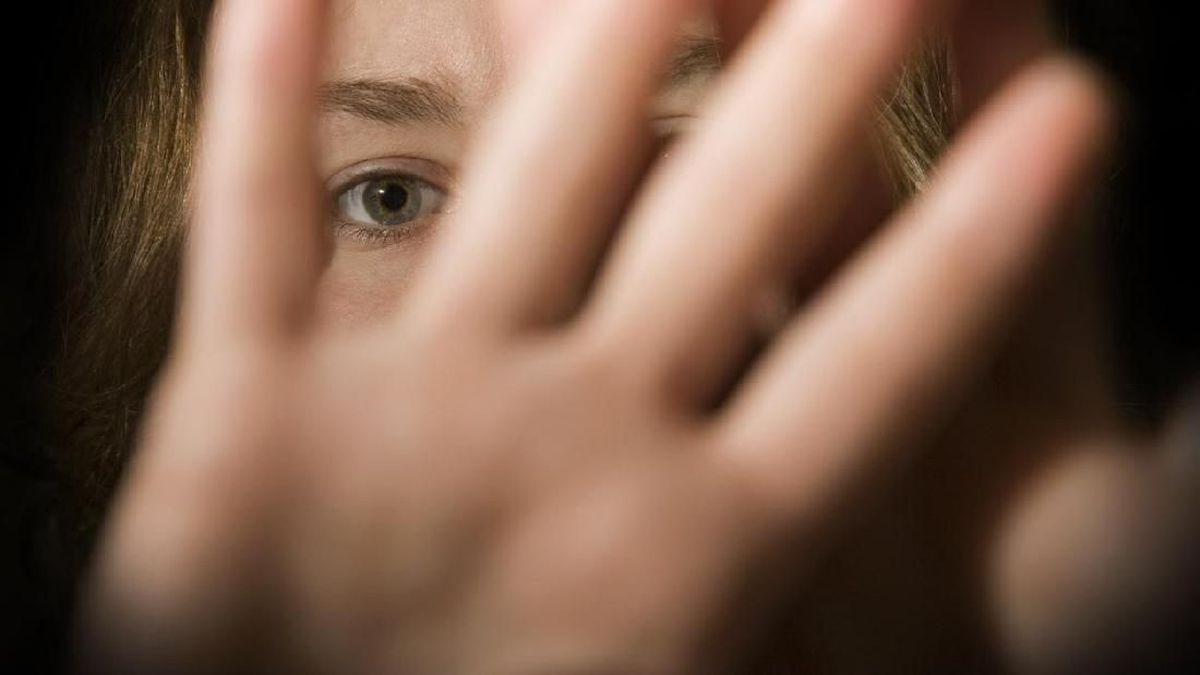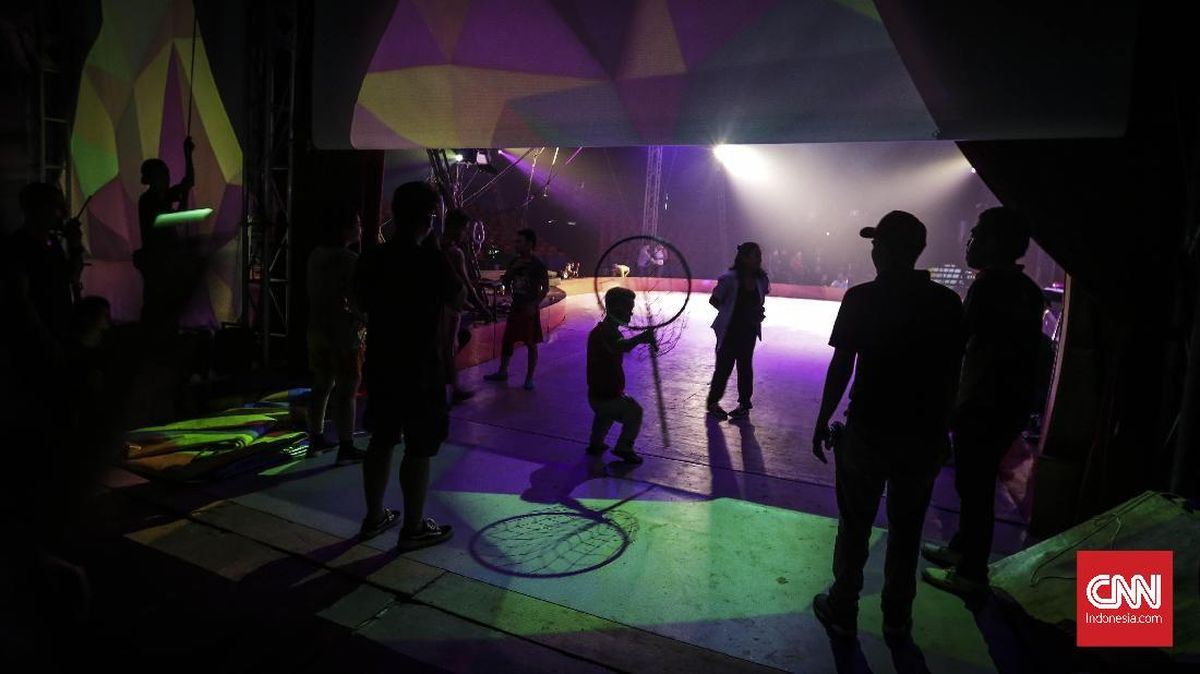Scoliosis awareness month took place throughout June, but even though we're a few weeks past the awareness month, it's still a good time to learn more about this spinal condition. "Scoliosis can impact both physical and emotional well-being," says Lila Levet, co-founder of Primary Spine Institute, a leading provider of conversation scoliosis correction in Charlotte, NC. "Left unmanaged, it may lead to chronic discomfort, fatigue, posture imbalance, breathing issues or limited activity. Early diagnosis and intervention often lead to significantly better long-term outcomes," she says.
If you are worried about yourself or a loved one's risk of scoliosis, there are a few ways to check at home. Here's everything you need to know about scoliosis and early detection, including how to check yourself at home and how to get a proper diagnosis. Experts also share tips for managing pain.
What is scoliosis?
Dr. Arthur Jenkins III, board-certified neurosurgeon, defines scoliosis as "any curvature of the spine off of what the normal curves should be." The spine has naturally occurring curves forward and backward that allow us to move and stay balanced. However, when the spine curves side to side, it's characterized as scoliosis. The severity of scoliosis can vary from person to person. It can be mild and undetected until an examination. Extremely severe cases can make it hard to breathe.
The main types of scoliosis include:
- Idiopathic scoliosis: The most common type of scoliosis; it "typically appears during rapid growth phases," says Levet.
- Congenital scoliosis: This type is a defect present at birth. Dr. Jenkins says this occurs "when the spine doesn't develop formally and properly." It can cause "a hemivertebra, where you only develop half of one or more vertebral bodies, resulting in a tilt."
- Neuromuscular scoliosis: Levet says this type is "associated with conditions such as cerebral palsy or muscular dystrophy."
- Degenerative scoliosis: This type usually develops later in life. Dr. Jenkins explains that this occurs when "wear and tear on the spine affects the joints of the spine in an asymmetric fashion."
- Post-traumatic scoliosis: Dr. Jenkins says that post-traumatic scoliosis can sometimes happen when a "fracture or other dislocation has resulted in the spine being curved inappropriately."
What causes scoliosis?
Contrary to popular belief, poor posture doesn't cause scoliosis. Of course, poor spinal alignment can exacerbate scoliosis symptoms and affect the condition over time. Still, more common causes of scoliosis include "congenital spinal malformations, neuromuscular conditions, trauma or age-related degeneration," says Levet. However, Levet says that the cause behind the most common type of scoliosis, idiopathic, is still unknown.
Is scoliosis genetic?
"Yes, scoliosis can run in families," says Levet. The most common type of scoliosis found in families is idiopathic scoliosis. "While no single gene has been isolated, studies support a genetic predisposition, especially among girls," she continues.
How to check yourself for scoliosis at home
If you have concerns about scoliosis, you can check yourself or a loved one at home. Levet says you can start by looking for signs like "uneven shoulders or hips, a tilted head or a visible curve in the spine by standing in front of a mirror." Dr. Jenkins suggests wearing a well-fitted shirt or no shirt when performing this test.
If you don't have a mirror to use or have a hard time seeing, you can have someone else observe you. Dr. Jenkins says that you should "stand and bend over at the waist and have somebody else run their fingers up the back of the spine right in the middle." Similar to a dinosaur skeleton on display at a museum, the bones should be all in a straight line. If they look symmetrical, it's a good indicator that you might not have scoliosis, or that you potentially have a mild case. He adds, "If there is asymmetry in the shape when you bend forward, or if the dinosaur bones up the middle of the back go off to one side and then to another, those are signs that you have a measurable scoliosis." While this simple test can give you a good idea of whether or not you potentially have scoliosis, Levet reminds patients that "at-home checks are limited and an accurate diagnosis requires imaging and a clinical evaluation."
Can scoliosis be treated or corrected?
Scoliosis can be treated depending on factors such as age, severity and the curvature of the spine. Levet tells me that surgery is the most invasive route and is not for everyone. It may not always "guarantee symptom relief, as many post-operative patients experience persistent pain or reduced mobility."
Other alternatives to surgery include scoliosis-specific exercises and corrective braces. Levet explains that her facility offers ScoliCare, which includes a program called ScoliBalance. This exercise schedule is more than "just general core work to strengthen weakened muscles around the curve." She also pairs clients with a 3D-designed corrective brace. Levet says, "This approach can reduce both the curve and associated symptoms, especially when initiated early and at lower degrees of curvature."
Dr. Jenkins adds that while scoliosis can be corrected, not all scoliosis needs to be corrected. "The decision as to whether to move forward with a treatment of the scoliosis depends on the severity and whether it is causing any symptoms or problems." If you do decide to treat, he says to tailor your path to your needs. "Many patients with mild or adolescent idiopathic scoliosis can be managed effectively with a brace and don't require surgery," he says.
Best habits for relieving scoliosis pain
Here are some expert dos and don'ts for managing pain associated with scoliosis.
Sleep on the right mattress
As a sleep expert myself, I know that the best mattress for someone with scoliosis is usually a firmer one. Levet agrees and says, "use a firm mattress and sleep on your back or side with proper support to maintain spinal neutrality."
Work with professionals
"Scoliosis is a three-dimensional condition, and it requires a three-dimensional solution." She describes the solution as seeking professional guidance, including "regular monitoring, individualized care and the right combination of therapy, traction and bracing." Dr. Jenkins adds, "It's best to work with a physical therapist and a doctor who wants to understand your scoliosis to determine what next steps should be made to make the most of the life you have." Professionals can also help you "decide if other interventions need to be taken to put you in a better position to manage your life going forward."
Use the right brace for you
"Not all braces are corrective. Some simply offer support," says Levet. Some patients may require a custom-made brace that can help to correct the curve over time. Levet states that these kinds of braces are non-surgical solutions and can "allow for spinal elongation" instead of "only stabilization."
Stretch and exercise regularly
Movement is very important. In addition to improving flexibility, some stretching and exercise can help reduce pain in mild cases. Stretching can also help with tight muscles and support spinal alignment. A few movements or stretches for scoliosis include cat and cow stretches, pelvic tilt and upward dog.
Manage your stress levels
Increased stress can fatigue and tense muscles, causing more pain. It's best to manage your stress in a healthy way with habits such a yoga, light exercise, mindfulness, deep breathing, meditation and other calming hobbies.

 7 hours ago
2
7 hours ago
2














































